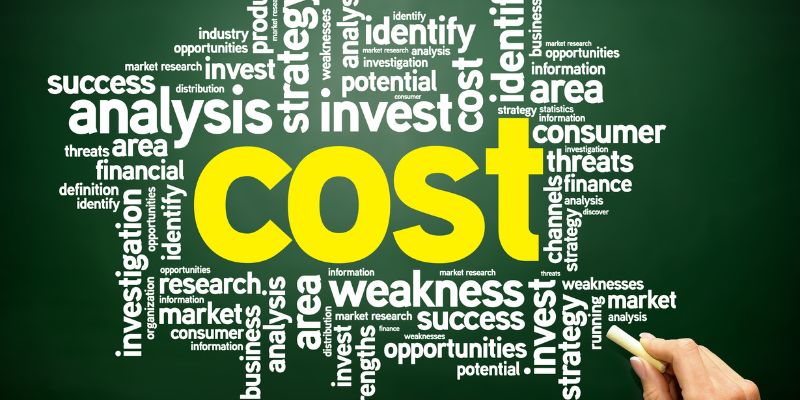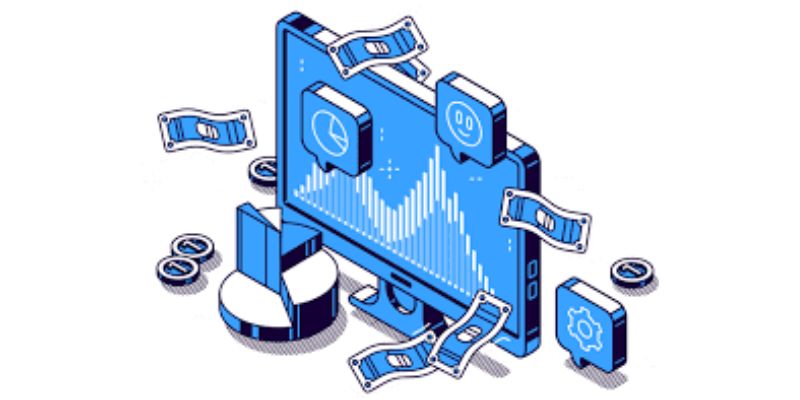Opportunity cost is one of the most important ideas in economics. When a choice is made, the value of the next best option is overlooked. People and businesses must understand opportunity costs to make smart decisions and use their resources well. This article will explain opportunity cost, discuss its different types, and show you how to figure it out with real-life examples.

What is Opportunity Cost?
When you choose one choice over another, you must give up the value of the best alternative. This is called opportunity cost. It shows the possible advantages or worth that could have been gained from the next best option but weren't because of the decision that was made. Every choice has a cost and a benefit. Opportunity cost measures the cost and benefit of the different options.
Types of Opportunity Cost
Explicit Opportunity Cost:
When you choose one option over another, you pay money for that choice. This is called the explicit opportunity cost. It includes costs that can be seen and measured that need to be paid for or invested in a certain action. Here are some examples of clear chance costs:
- Costs of Purchases: When you buy something, you have to spend money, which is a potential cost.
- Operating Expenses: Many costs come with running a business, such as rent, salaries, utilities, and raw materials. All of these costs add up to clear potential costs.
- Expenses for Investments: Investing money in stocks, bonds, real estate, or other financial instruments has clear potential costs in terms of the money invested.
Implicit Opportunity Cost:
The value of resources that could have been used in different ways but are instead used in the chosen task is called the implicit opportunity cost. Implicit costs, on the other hand, are not instantly apparent or recorded in terms of money. Instead, they represent valuable resources that are lost. Here are some examples of implicit potential costs:
- Value of time: The time you spend on a certain action has an implicit opportunity cost because you could have used that time for other things, like work, fun, or personal growth.
- Foregone income: You might lose money or earnings if you choose one choice over another. This is called an implicit opportunity cost. For instance, going to college full-time instead of working means giving up income.
- Use of owned resources: When owned resources like equipment, property, or skills are used for a specific reason instead of other uses, there are implicit opportunity costs. This is because the value of those resources in other uses is lost.
How Does Opportunity Cost Work?
Opportunity cost determines how much other options are worth when a choice is made. It's based on the idea that every choice has a price and an advantage, and choosing one option means giving up the benefits of another. This idea is essential in economics because it helps people and businesses determine how much their choices cost. Whenever people or groups have to make a choice, they consider the pros and cons of each option. The opportunity cost is the value of the best option that wasn't picked. For instance, if a company decides to add more products, the opportunity cost includes the money that could have been made from other investments or marketing plans that should have been explored.

To understand how opportunity cost works, you need to determine the next best option and its worth. To do this, you need to consider direct costs, like money spent, and indirect costs, like the value of time, resources, or missed chances. By weighing the pros and cons of various choices, decision-makers can understand the trade-offs and make decisions that maximize value or meet specific goals. The idea behind opportunity cost is that resources are limited and must be chosen wisely to be used most effectively. By recognizing and considering opportunity costs, people and businesses can make better choices, use resources, and achieve better results in various economic and strategic situations.
How to Calculate Opportunity Cost
The opportunity cost formula changes based on the choice and other options. In general, this is how you can write the formula for opportunity cost:
Opportunity Cost=Value of the Next Best Alternative Value of Chosen Option
This method weighs the advantages or values of each option and figures out the opportunity cost, which is the difference between them.
Examples of Opportunity Cost
Investment Opportunity: Let's say a person has $10,000 to spend and has to decide between stocks earning 8% and bonds earning 5%. There is a 3% ($10,000 x 0.03) potential cost in picking bonds over stocks because you would get less money back.
Time management: A student who chooses to study for a test instead of working part-time and could make $100 from working during that time would lose $100 by choosing to study.
Business Choice: A company can either add more products, which will bring in an extra $50,000, or invest that money in marketing, which will bring in an extra $30,000. Choosing marketing overgrowth has a potential cost of $20,000.
ConclusionOpportunity cost is an important idea that helps people and businesses determine the worth of their choices and make smart choices. Opportunity cost tells us how to make smart choices by pushing us to weigh the pros and cons, look at other options, and get the best results. It allows us to make decisions that balance short-term benefits with long-term effects. This leads to better results, better use of resources, and, in the end, more success and happiness. By learning about the different kinds of opportunity costs, how to assess them, and looking at real-life examples, you can make good decisions that balance trade-offs and maximize value.




